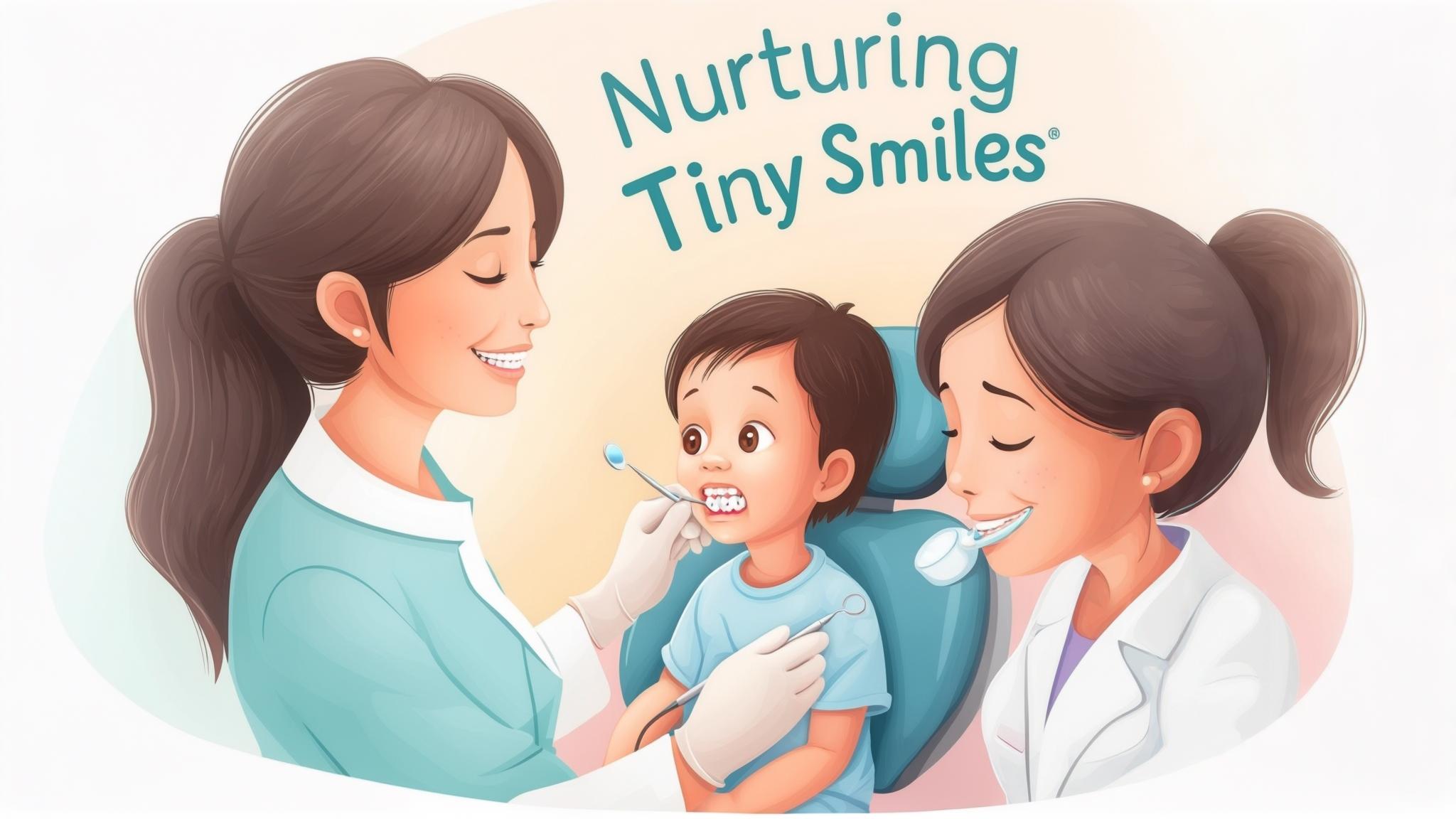Importance of Dental Health in Children
The journey to a lifetime of healthy smiles begins in childhood. Dental health is crucial for children, not just for a beautiful smile, but for their overall health and well-being. Healthy teeth are essential for proper chewing, speaking, and even self-confidence. Unfortunately, children face various dental issues that can impact their development and quality of life.
In this article, we'll explore common dental problems in children, such as tooth decay, gum issues, and developmental concerns. Our goal is to empower parents and caregivers with the knowledge to protect their children's dental health.
Tooth Decay in Children
Definition and Causes
Tooth decay, also known as dental caries, is a common issue where the tooth's enamel is damaged due to acid produced by bacteria. This process starts when sugary foods and drinks are consumed, providing food for bacteria in the mouth. Poor oral hygiene can exacerbate this process, leading to cavities.
Symptoms of Tooth Decay
Tooth decay often presents with visible holes or pits in the teeth. Children may complain of tooth sensitivity or pain, especially when consuming hot, cold, or sweet foods. Discoloration, such as white spots or brown stains, can also indicate decay.
Prevention Strategies
Preventing tooth decay is possible with regular dental check-ups and proper oral hygiene. Encourage children to brush twice daily with fluoride toothpaste and floss regularly. Limiting sugary snacks and drinks can also significantly reduce the risk of cavities.
Treatment Options
If decay occurs, fluoride treatments can help remineralize early decay. More advanced cases may require fillings or crowns. In severe situations, pulp therapy, often referred to as a "baby root canal," may be necessary to save the tooth.
Gum Issues in Children
Introduction to Gum Diseases
Gum diseases such as gingivitis and periodontitis are less common in children than adults but can still occur. Gingivitis is the inflammation of the gums, while periodontitis is a more severe form affecting the bone supporting the teeth.
Causes of Gum Issues
Plaque buildup due to poor oral hygiene is the primary cause of gum issues. Other factors like smoking or certain medications can also contribute, although these are less common in children.
Symptoms of Gum Issues
Parents should watch for swollen, red, or bleeding gums, which are signs of gingivitis. Persistent bad breath and receding gums can also indicate gum disease.
Prevention Strategies
Teaching children the importance of brushing and flossing is key to preventing gum issues. Regular dental visits for professional cleanings help remove plaque and tartar. Educating children about gum health can instill lifelong healthy habits.
Treatment Options
Professional dental cleanings can effectively treat early gum disease. In severe cases, antibiotics or surgery might be necessary to manage periodontitis.
Developmental Concerns in Children's Dentistry
Overview of Common Developmental Dental Issues
Developmental dental issues can include delayed eruption of teeth, misalignment, or crowding, and early loss of primary teeth. These can affect a child’s oral function and aesthetics.
Causes of Developmental Concerns
Genetic factors often play a significant role in developmental dental issues. Nutritional deficiencies and oral habits like thumb sucking or prolonged pacifier use can also contribute.
Symptoms and Signs of Developmental Issues
Parents might notice irregular tooth formation, difficulty in chewing or biting, or changes in speech, which can signal developmental problems.
Prevention and Management Strategies
Early dental assessments can identify potential developmental issues. Orthodontic evaluations are crucial for planning interventions like braces. Guiding children towards healthy oral habits can prevent or minimize these concerns.
Conclusion
Addressing dental issues in children is vital for their health and happiness. Parents should prioritize dental health to ensure their children maintain a healthy smile. Regular dental visits, good oral hygiene, and a balanced diet are key components in nurturing tiny smiles.

